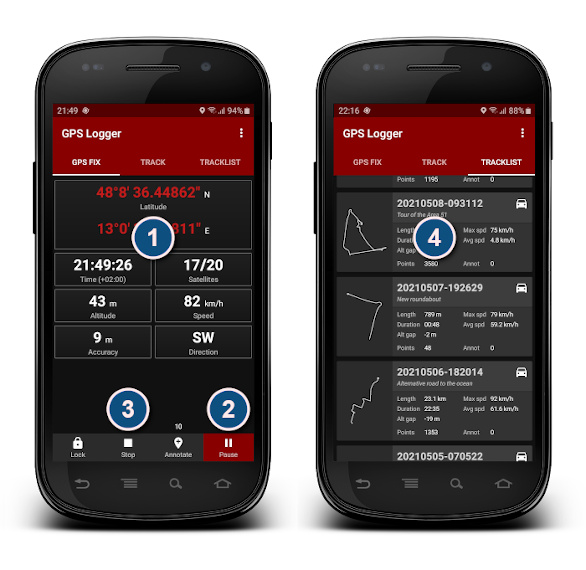Selecting the Optimal Core Material for Sandwich Panels
페이지 정보

본문

Picking the ideal core for sandwich panel systems is vital to achieving optimal structural and functional outcomes while remaining cost effective and minimizing weight. Composite sandwich panels consist of paired rigid facings bonded to a low-density central layer, and the central filler plays a key role in determining structural integrity, energy efficiency, density, and resilience.
Polyurethane foam cores are commonly preferred in industrial and HVAC applications due to their excellent thermal insulation and excellent adhesion to facings. They offer resistance to deformation under pressure and are typically deployed where thermal performance is critical. However, they can be prone to softening under extreme heat and may release harmful fumes in a fire unless treated with flame retardants.
Polystyrene in both expanded and extruded variants is widely used because it is economical, simple to machine, and provides good moisture resistance. It is frequently found in shipping containers and modular builds but offers inferior insulation and lower fire tolerance. Extruded polystyrene has better mechanical properties than expanded, making it a preferred option for high-stress environments.
Cellular core panels, typically made from metallic, paper-based, or polymer substrates, offer outstanding stiffness per unit mass. They are ideal for aerospace, transportation, and high performance industrial uses because they provide high torsional resistance at low density. However, they are cost-prohibitive and require specialized manufacturing techniques. Their open structure also means they may need coatings or encapsulation to enhance insulation performance.
Fibrous mineral insulation cores stand out for their non-combustible nature and noise-reducing properties. Often used in public infrastructure and heavy-duty environments, they comply with strict fire regulations and resist collapse in extreme temperatures. While they are bulkier compared to EPS or PUR and offer reduced R-value per thickness, they are indispensable in applications where safety and acoustics are non negotiable.
When selecting a core, consider the operating conditions and climate, the mechanical load expectations, thermal and acoustic needs, flame resistance mandates, and خرید کانکس cost constraints. For example, a logistics facility facade may benefit from affordable foam cores, while an aircraft interior would require the exceptional stiffness-to-weight ratio of cellular structures. Conducting field trials and environmental simulations and seeking expert advice from specialists can help avoid costly mistakes. The right core material doesn’t just improve performance—it can maximize the service life of the assembled unit.
- 이전글Play m98 Casino site Online in Thailand 25.09.25
- 다음글Play m98 Online casino Online in Thailand 25.09.25
댓글목록
등록된 댓글이 없습니다.
